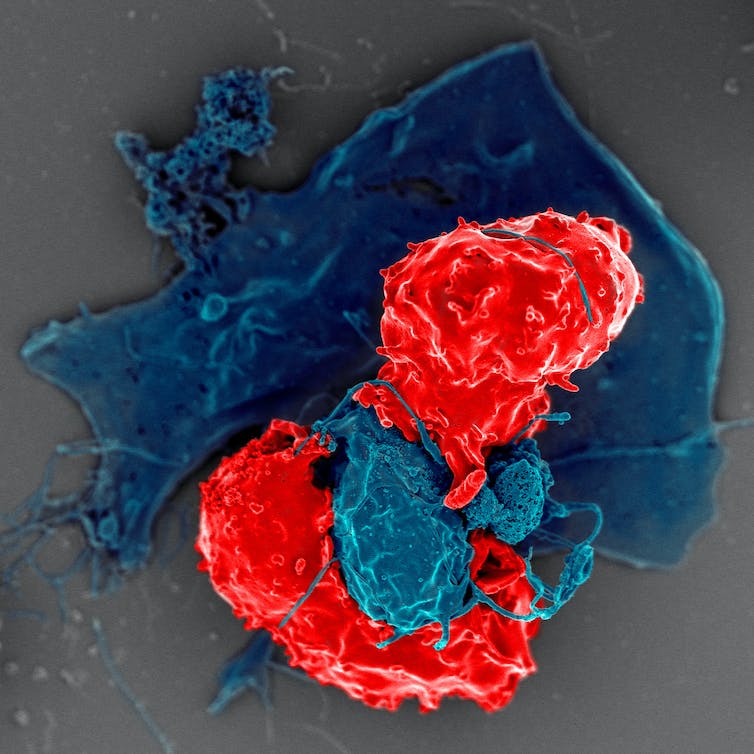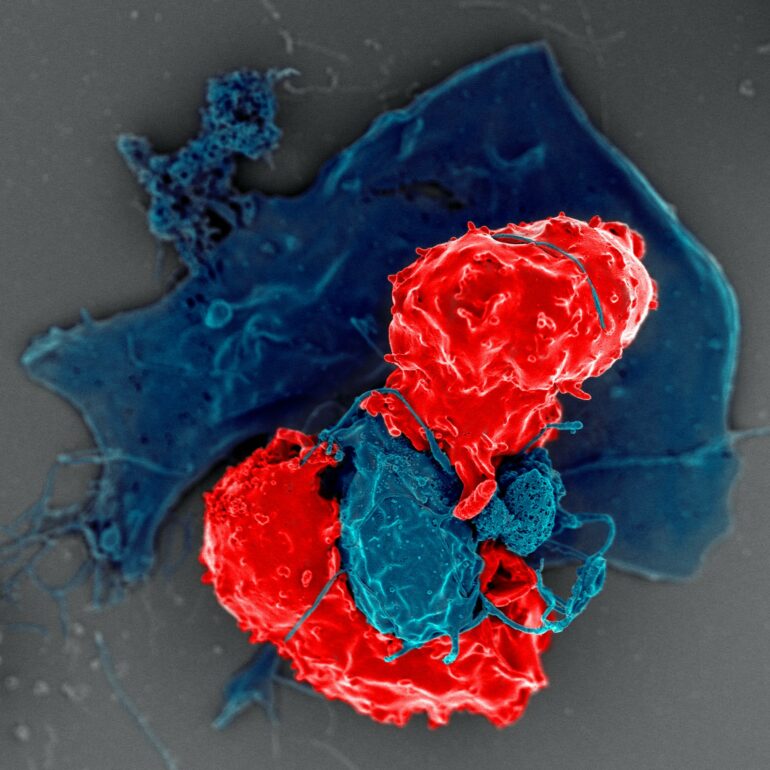
Curious Kids is a series for children of all ages. If you have a question you’d like an expert to answer, send it to [email protected].
What would happen if all the diseases in the world hit us at the exact same time? – Gabriella, age 12, Irving, Texas
When I was younger, I would watch “Batman” on my black-and-white television after school. Usually, Batman would face either the Joker, the Penguin, the Puzzler, Catwoman or any one of his usual opponents. However, on some occasions, Batman would have to face them all at the same time.
What would happen if, like Batman, the immune system had to face all of its rivals at once?
I am an immunologist who teaches the fundamentals of immunology to college undergraduates. My research generally focuses on factors that regulate immune responses and prevent autoimmune diseases – conditions where the immune system attacks your own body. As a scientist studying how we build immunity against pathogens such as the virus that causes COVID-19, understanding how the immune system combats multiple threats at the same time is immensely important to me.
There’s no reason why you can’t come down with strep throat at the same time as when you have a cold. In fact, sometimes fighting off one enemy can leave a hole in your defenses that another opportunistic pathogen can take advantage of.
BAM! Understanding the rivals
The first point to consider is what your immune system protects you from. The potential bad guys include cancer cells and dangerous microorganisms – including bacteria, viruses, fungi and more – that cause infections. The immune system must also be careful not to damage healthy cells and beneficial microorganisms that live on and inside you.
You interact with thousands of microorganisms with every breath of air you take. Is the immune system facing off against all of them? Sort of.

T regulatory cells (red) determine whether an immune response should be mounted.
NIAID/Flickr, CC BY
It takes a tremendous amount of energy to fight a battle once a rival gains a foothold within your blood or tissues, so your immune system works to prevent it from getting in the body in the first place. Your skin, snot, saliva and tears form a critical first line of defense. This is why burn victims who lose too much skin often die from overwhelming infection – their defensive barriers are too compromised and pathogens pour in.
The immune system greatly prefers catching a microbe in snot and blowing it out of your nose, or giving you time to wash it off the skin of your hands, over having to wage a cellular war. Gathering an army of immune cells to fight pathogens takes a lot of energy and makes you feel awful.
For example, the immune system increases your body temperature to make it an uncomfortable place for microorganisms to live and grow, but that fever can also make you want to lie down…



